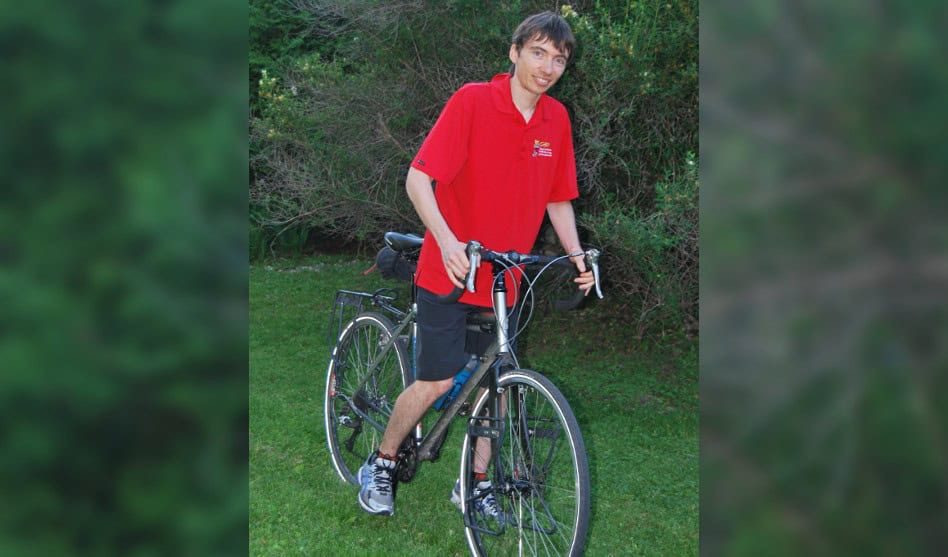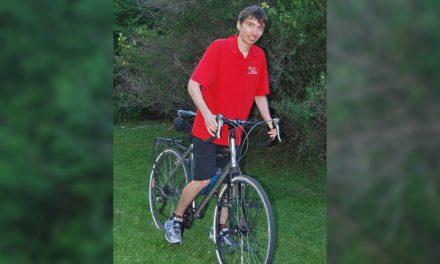Background. International data show that the majority of children and youth are not sufficiently active. According to recent research, children who spend more time outdoors accumulate more daily moderate-to-vigorous physical activity and engage in less sedentary behaviour. However, the generalizability of these findings is uncertain, and few studies investigated whether outdoor time is associated with other physical and psychosocial health indicators. Data and methods. This study examined associations between outdoor time and measures of physical activity, sedentary time, and physical and psychosocial health in a nationally representative sample of 7-to-14-year-olds (n = 1,159) who participated in the 2012/2013 Canadian Health Measures Survey. Physical activity and sedentary time were measured with Actical accelerometers. Direct measures of height, weight, waist circumference, grip strength, blood pressure, cholesterol, and glycohemoglobin were obtained. The Strengths and Difficulties Questionnaire was used to assess psychosocial health. Relationships between outdoor time and physical health measures were examined with multi-variable linear regression models adjusted for age, sex, parental education, and household income. Logistic regression models controlling for the same variables were used for psychosocial health. Results. Each additional hour spent outdoors per day was associated with 7.0 more minutes of moderate-to-vigorous physical activity, 762 more steps, and 13 fewer minutes of sedentary time. As well, each hour outdoors was associated with lower odds of negative psychosocial outcomes (specifically, peer relationship problems and total difficulties score). Outdoor time was not associated with any of the measures of physical health. Interpretation. Children reporting more time outdoors are more active, less sedentary, and less likely to have peer relationship problems, compared with those who spend less time outdoors.




